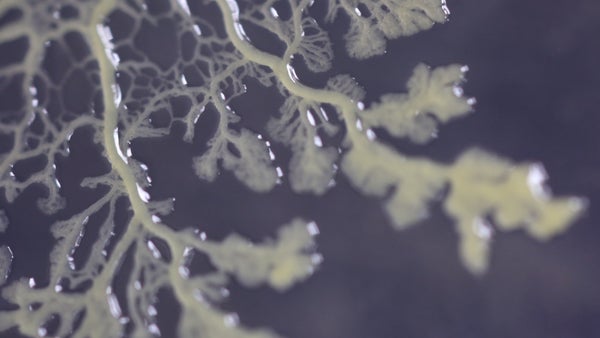This article was published in Scientific American’s former blog network and reflects the views of the author, not necessarily those of Scientific American
Meet the amazing slime mold. It is not an animal, a fungus or a plant. It's not even entirely solid or liquid. Yet it pulses, moves, dances and works out mazes.
In this pair of stories the PBS Digital Channel Deep Look partnered with another PBS YouTube channel to take stock of slime molds. We see how these multinuclear, unicellular organisms pulse, grow and move. Narrator/writer Amy Standen explains how those movements are caused by calcium sloshing and streaming inside the slime mold. She wonders whether this kind of chemistry-based locomotion might someday move robots or medical devices.
DEEP LOOK
On supporting science journalism
If you're enjoying this article, consider supporting our award-winning journalism by subscribing. By purchasing a subscription you are helping to ensure the future of impactful stories about the discoveries and ideas shaping our world today.
Co-host Joe Hanson (host of "It’s Okay to Be Smart") slips in for a guest appearance and takes it a step further in his channel’s video, "Are You Smarter Than A Slime Mold?" Slime molds have no brain, yet they can figure out mazes.
Even more amazing, when they sexually reproduce they break into individual amoebalike cells and organize themselves into beautiful stalks and knobby spore-containing tops; the spores live but stalk cells altruistically sacrifice themselves.
ARE YOU SMARTER THAN A SLIME MOLD?
